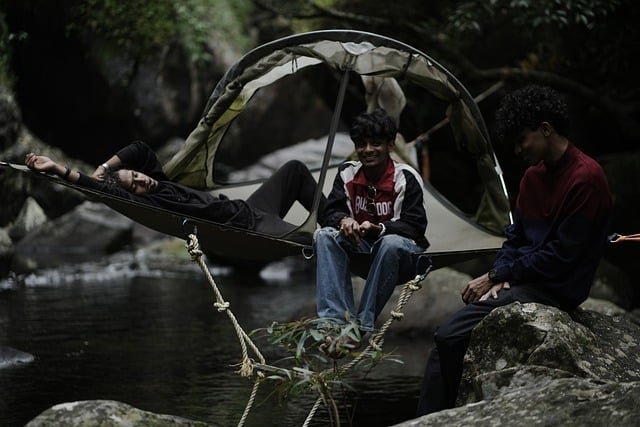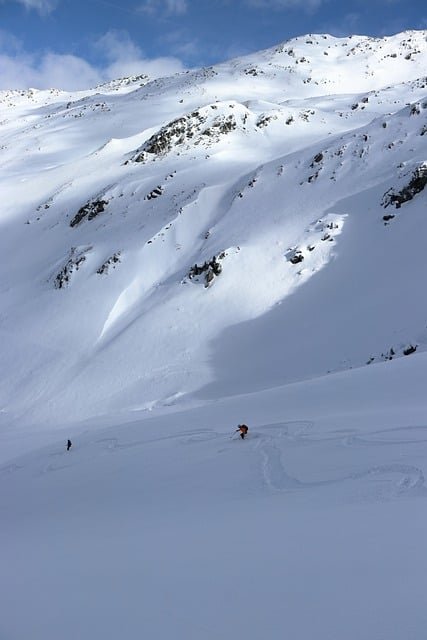
Rock climbing is a sport that requires both physical strength and mental focus. It involves scaling up vertical or horizontal surfaces using only one`s hands and feet, along with specialized climbing equipment such as ropes, harnesses, and carabiners. Within the world of rock climbing, there are various styles and techniques, with two of the most well-known being onsight climbing and redpoint climbing. While both styles involve reaching the top of a route, the methods used and the skills required are quite different. Let`s take a closer look at the differences between onsight climbing and redpoint climbing.
Onsight climbing is all about tackling a route without any prior knowledge or practice. In other words, the climber is seeing and climbing the route for the first time "onsight." This technique requires a high level of concentration, as the climber must assess and solve the route as they climb. Onsighting is often seen as the purest form of climbing, as it relies solely on the climber`s instincts and ability to adapt to new challenges.
The technical aspect of onsight climbing involves making quick decisions about which holds to use and how to position one`s body to maintain balance and progress up the route. Good footwork, grip strength, and body positioning are essential to tackling an unknown route successfully. This technique also requires a good understanding of different climbing techniques, such as stemming, crack climbing, and smearing, which can all be used to navigate different types of routes.
Onsighting also involves a significant mental component. The climber must remain calm and focused, even when facing daunting holds or challenging sections of the route. They must also trust their instincts and abilities to make decisions quickly and efficiently. Onsighting can be particularly challenging for climbers who struggle with fear or anxiety as it requires a high level of confidence and mental strength.
Redpoint climbing, also known as "sending," involves attempting a route multiple times until it is completed successfully. Unlike onsight climbing, redpoint climbers have the opportunity to scout the route and practice specific sections before trying to complete it. This style of climbing allows for more precise movements and strategies as climbers familiarize themselves with the route`s intricacies.
The primary objective of redpoint climbing is to reach the top of the route without falling or resting on the rope. If the climber falls or rests, they must start again from the beginning, until they can successfully climb the entire route in one continuous attempt. This style of climbing is often seen as more methodical and strategic than onsight climbing, as the climber can plan their movements and rest points carefully.
As the climber becomes more familiar with the route, they can improve their technique and make adjustments to their strategy. This process of trial and error, where climbers continually push their limits, is what makes redpoint climbing both physically and mentally challenging.
The debate between onsight and redpoint climbing is a hot topic among climbers, with passionate arguments on both sides. Some climbers see onsight climbing as the ultimate challenge, as it requires a different level of mental and physical agility. They argue that the redpoint process takes away from the pure, "on-the-spot" nature of climbing.
On the other hand, redpoint climbers say that it allows them to challenge themselves more effectively and progress in their climbing abilities. Practicing and perfecting specific sections of a route can also be seen as a more efficient way to improve at the sport.
Ultimately, the choice between onsight and redpoint climbing comes down to personal preference. Some climbers may enjoy the mental and physical demands of onsighting, while others may prefer the strategic approach of redpointing.
While both onsight and redpoint climbing involve reaching the top of a route, the techniques and methods used differ significantly. Onsight climbing relies on quick thinking, adaptability, and a high level of mental focus, while redpoint climbing involves strategic planning and a process of trial and error. Whichever style you prefer, the key to success in both is physical strength, trust in one`s abilities, and a love for the challenge of climbing.







Join our newsletter community for exclusive updates, offers, and more. Sign up now to stay in the loop!
© Outdoor-Expedition. All Rights Reserved. Design by HTML Codex